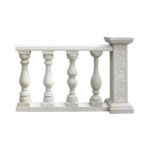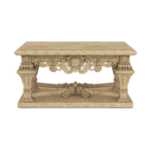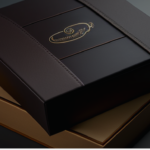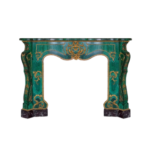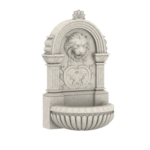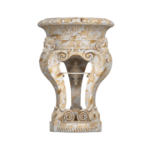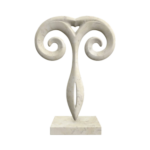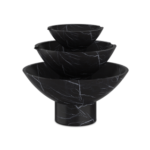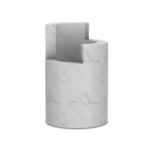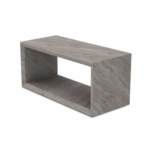July 6, 2021 Author: admin
A Glimpse Into The Brilliance Of Michelangelo’s Pieta
We’ve all been enthralled for centuries by Michelangelo’s innovative work. Working in a range of outlets, the Italian artist evolved into a true Renaissance man.
We are all aware of his stunning collection of world-famous works such as the Sistine Chapel ceiling, an iconic rendition of David, and the Pietà, a massive Marble sculpture of the Madonna holding Christ.
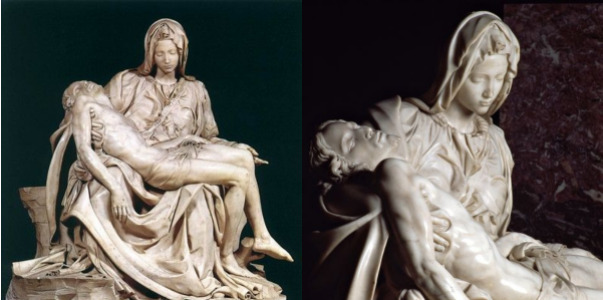
Pietà happens to be one of the most beloved and cherished sculptures globally, crafted in the 15th century.
Let’s start analyzing this masterpiece to see how its iconography, history, and creative characteristics have contributed to its lasting influence.
Shedding light Into Michelangelo’s Pietà
Towards the end of the 15th Century, Michelangelo di Lodovico Buonarroti Simoni, a young Florentine artist, became a well-known figure.
Everyone started recognizing him for his ability to paint and sculpt biblical characters with functional anatomical traits, which led to commissions from Rome’s spiritual elite. Interesting, right?
Cardinal Jean de Bilhères-Lagraulas, the French ambassador to the Holy See, commissioned Michelangelo to create a large-scale Pietà for his grave in advance of 1497. Michelangelo began working on the sculpture the following year.
Then, he began his work on a single Carrara marble slab that he had received from Tuscany. Marble, which Roman architects earlier used since antiquity, was valued for its quality and was well-known among Renaissance painters.
Here’s an interesting fact, Carrara marble has been there for over centuries and is continuously quarried in the Carrara quarries at Tuscany to this day. This Marble was used to sculpt the statue of David.
As A Symbol Of The Classical Renaissance Masterpiece
Now, the big question is, what distinguishes Michelangelo’s Pietà from others?
The painting, like the artist’s other works, depicts Renaissance ideals. Yet, it mainly represents a genuine passion.
In the High Renaissance(1490-1527) period, artists in Italy began to abandon the artificial paperwork seen in Medieval figurative art. They were in favor of a more effective naturalistic style.
Michelangelo created sculptures that focused on balance, intricacy, and a lifelike yet idealized technique to the human figure at the forefront of this style.
The Renaissance principles are well reflected in the Pietà. Michelangelo made the sculpture into a pyramid to represent stability.
Pyramidal composition—an artistic strategy of placing a scene or topic within an imaginary triangle—is widespread in Renaissance painting and sculpture. It helps the spectator look at artwork by guiding their eye across the piece.
This silhouette also conveys balance, which Michelangelo also described using thick fabric draped over Mary’s gigantic frame.
While the Virgin’s immense length contributes to the sculpture’s authenticity in this way, it also appears unnatural, as she appears to be much larger than her son. Isn’t this something to ponder on?
Another question that often pops into our head is why did Michelangelo choose those proportions?
Although many historians believe it is a matter of perspective, another compelling explanation links it to the Vesperbild tradition.
The Legacy of the Statue
The Pietà has had an exciting life since its debut in the fourteenth century.
While it was initially held in the cardinal’s Vatican City-based funeral chapel for hundreds of years, it eventually found a permanent and prominent location in St. Peter’s Basilica. Fascinating, isn’t it?
Did you know?
The piece has a 520-year history. Many of the highlights of its legacy have been more accessible in recent years. It received a lot of attention in the middle of the twentieth century when presented at the 1964 New York World’s Fair.
The Pietà gained attention less than a decade later when it was vandalized by someone wielding a hammer.
However, the Pietà made headlines again in early 2019 when researchers concluded that it was most likely modeled after a clay figurine recovered in Paris.
Even without those subsequent developments, the Pietà has unmistakably established itself as one of the world’s most massive sculptures.
Wasn’t it insightful to learn so much more about the Pietà? Michelangelo has traditionally been credited for fusing Renaissance ideals of classical beauty with naturalistic stances. The sculptor’s signature can be seen across Mary’s chest if one looks attentively.
And hey, if you’re looking to invest in Marble, check out our vast range of products at Marblising that are carefully curated for the likes of everyone!
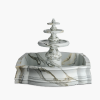



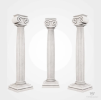
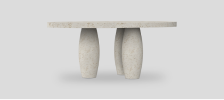


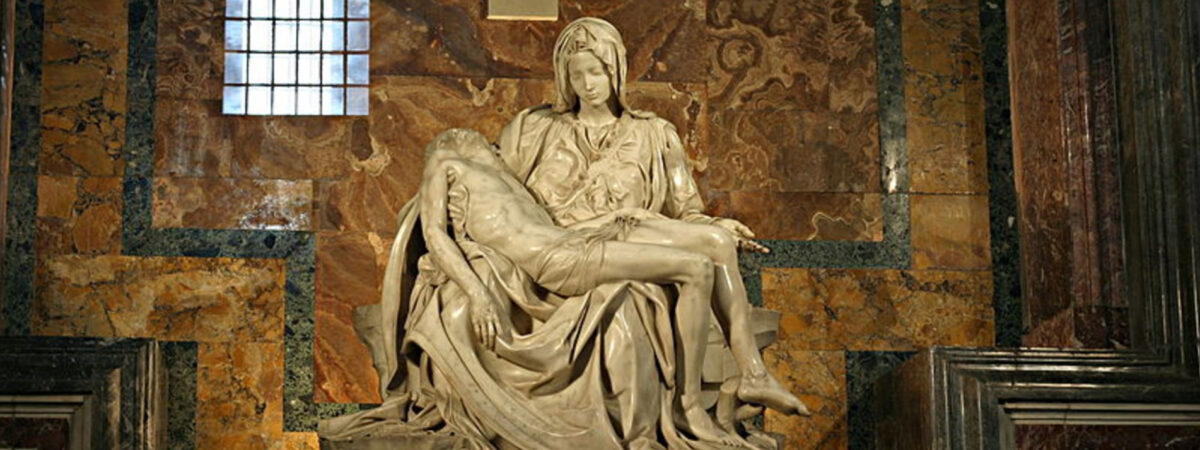

![- 17 Inspiring New Driveway Landscaping Ideas [2022]](https://phpstack-949241-3334629.cloudwaysapps.com/wp-content/uploads/2022/06/dorian-mongel-JM9RCH-cbYo-unsplash1.jpg)
![- 7 Florida Landscaping Ideas To Enhance Your Yard [2022]](https://phpstack-949241-3334629.cloudwaysapps.com/wp-content/uploads/2022/06/derick-mckinney-dlzCGn5LndM-unsplash.jpg)
